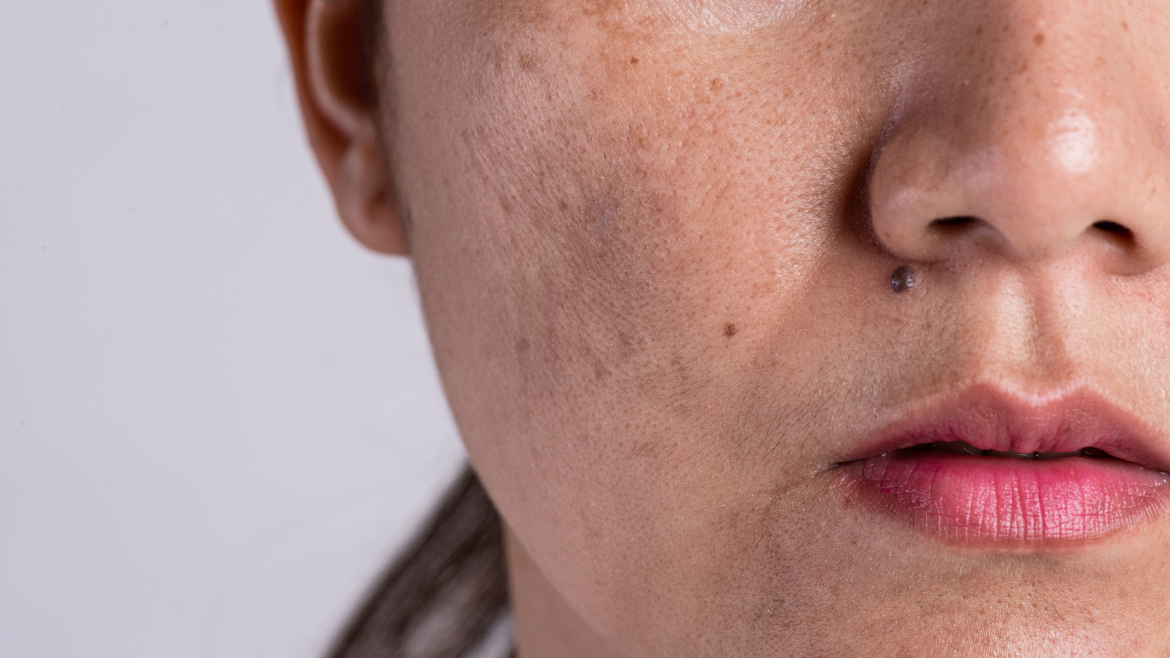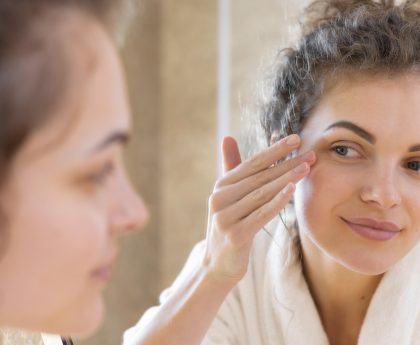Skin pigmentation, characterized by darkened patches of skin, is a common concern that can affect people of all skin types. It often results from an overproduction of melanin, the pigment responsible for skin color, and can be triggered by various factors such as sun exposure, inflammation, hormonal changes, and certain medications. While skin pigmentation can be stubborn and persistent, there are several effective and doctor-approved methods to help diminish its appearance and achieve a more even skin tone by different skin pigmentation treatment. Here are seven strategies recommended by dermatologists:
1. Sun Protection
Sun exposure is a primary cause of skin pigmentation, making sun protection an essential first step in its treatment. Dermatologists recommend using a broad-spectrum sunscreen with an SPF of at least 30 daily, even on cloudy days or indoors. Reapplying sunscreen every two hours when outside and wearing protective clothing, hats, and sunglasses can significantly reduce further darkening of existing hyperpigmented areas and prevent new spots from forming.
2. Topical Treatments
Several over-the-counter and prescription topical treatments can help lighten skin pigmentation. Dermatologists often recommend products containing ingredients such as:
-
Hydroquinone: Often considered the gold standard for treating skin pigmentation, hydroquinone works by inhibiting melanin production. It’s available in concentrations of 2% over-the-counter and 4% by prescription.
-
Retinoids: These vitamin A derivatives, including tretinoin and adapalene, promote cell turnover and help fade dark spots over time. They can also enhance the penetration and efficacy of other topical treatments.
-
Vitamin C: This powerful antioxidant inhibits melanin production and protects the skin from free radical damage, helping to lighten existing dark spots and prevent new ones.
-
Niacinamide: Also known as vitamin B3, niacinamide can reduce the transfer of melanin to skin cells, leading to a more even skin tone.
3. Chemical Peels
Chemical peels involve applying a solution to the skin that exfoliates the top layers, revealing fresher, more evenly pigmented skin underneath. Peels can be superficial, medium, or deep, depending on the depth of the skin they penetrate. Dermatologists often use alpha hydroxy acids (AHAs) like glycolic acid or beta hydroxy acids (BHAs) like salicylic acid in chemical peels to treat skin pigmentation. These treatments can be performed in-office or at home with over-the-counter products, though professional supervision is recommended for stronger peels.
4. Laser Therapy
Laser therapy is a more advanced option for treating skin pigmentation. Different types of lasers target pigment in the skin to break it down and promote an even skin tone. Commonly used lasers include:
-
Fractional lasers: These lasers create microscopic wounds in the skin, stimulating collagen production and promoting the turnover of pigmented cells.
-
Q-switched lasers: These lasers specifically target melanin and are effective in treating stubborn skin pigmentation.
Laser treatments should be performed by a qualified dermatologist to minimize the risk of adverse effects and ensure optimal results.
5. Microdermabrasion
Microdermabrasion is a minimally invasive procedure that exfoliates the skin using a diamond-tipped device or fine crystals. This process removes the outermost layer of dead skin cells, which can help reduce the appearance of skin pigmentation. Regular treatments can improve skin texture and tone, making dark spots less noticeable over time. This procedure is relatively gentle and suitable for most skin types, but it should be performed by a professional to avoid potential skin damage.
6. Microneedling
Microneedling involves using a device with fine needles to create tiny punctures in the skin. This stimulates the skin’s natural healing process, promoting collagen production and the turnover of pigmented cells. When combined with topical treatments like vitamin C or growth factors, microneedling can enhance their penetration and effectiveness. It’s important to have this procedure done by a trained professional to ensure safety and achieve the best results.
7. Lifestyle and Dietary Changes
In addition to topical and procedural treatments, certain lifestyle and dietary changes can support skin health and help reduce skin pigmentation. Dermatologists recommend:
-
Eating a balanced diet rich in antioxidants, vitamins, and minerals to support skin repair and regeneration. Foods like berries, leafy greens, nuts, and seeds can be beneficial.
-
Staying hydrated by drinking plenty of water to maintain skin moisture and elasticity.
-
Managing stress through practices like yoga, meditation, or regular exercise, as stress can exacerbate skin conditions and contribute to inflammation.
-
Getting enough sleep to allow the skin to repair and regenerate overnight.
Skin pigmentation can be a challenging condition to treat, but with the right approach and professional guidance, it is possible to achieve a more even and radiant skin tone. Combining sun protection, topical treatments, professional procedures, and healthy lifestyle choices offers a comprehensive strategy to combat skin pigmentation. Consulting with a dermatologist can help tailor these treatments to individual skin types and concerns, ensuring safe and effective results.
Skin pigmentation can be a challenging condition to treat, but with the right approach and professional guidance, it is possible to achieve a more even and radiant skin tone. Combining sun protection, topical treatments, professional procedures, and healthy lifestyle choices offers a comprehensive strategy to combat skin pigmentation. Consulting with a dermatologist can help tailor these treatments to individual skin types and concerns, ensuring safe and effective results.
Consistent and diligent application of these methods is crucial, as skin pigmentation often takes time to fade. Patience and persistence, combined with the expertise of a dermatologist, can significantly improve the appearance of dark spots and lead to clearer, healthier skin. You can choose other treatments such as hydrafacial treatment, dental treatments and Botox treatment for face. By addressing the underlying causes and adopting a holistic approach to skincare, individuals can not only reduce skin pigmentation but also prevent its recurrence, achieving long-term skin health and confidence.





